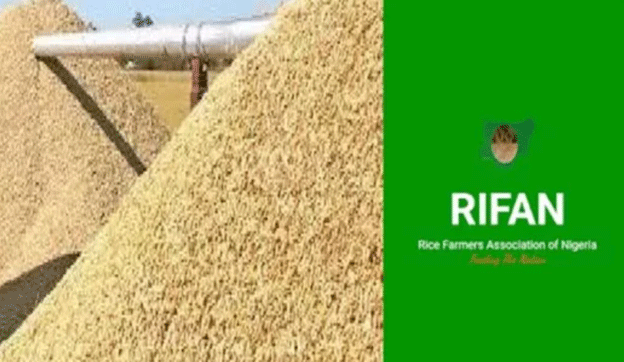Rice is one of the most crucial staple foods in Nigeria, transcending socio-economic and regional divides. However, despite having over 12 million rice farmers cultivating an average of 0.5 hectares for two or three cycles annually, Nigeria still faces a significant supply gap. Currently, only about 57% of the 6.7 million metric tonnes of rice consumed each year is produced domestically, resulting in a supply deficit of nearly 3 million metric tonnes. Bridging this gap is crucial, especially as rice demand continues to rise.
To tackle this challenge, experts and stakeholders are advocating for a comprehensive rice revolution, drawing lessons from successful models in countries like China, India, and Indonesia. These nations have achieved tremendous advancements in rice production, transforming the crop into an economic powerhouse through systematic policies, investments in infrastructure, and the adoption of modern agricultural practices.
Potential for Growth and Strategies
The rice market in Nigeria is projected to grow by 8.8% by 2025, signaling opportunities for significant advancements. Sadiq Daware, the National Treasurer of the Rice Farmers Association of Nigeria (RIFAN), emphasizes the need for both governmental and private sector investments to transform current practices. He advocates for the integration of mass participation, innovative technology, and modern farming practices to improve productivity.
One promising approach that Nigeria could adopt is the System of Rice Intensification (SRI). Developed in Madagascar in the 1980s, SRI is a proven method that enhances yields by optimizing planting density, improving soil health, and managing water use efficiently. For example, Sumat Kumar, a smallholder farmer from northern India, set a world record in 2012 by producing 22.4 tonnes of rice per hectare using SRI methods. Such results highlight the potential for small-scale farmers to drastically improve their output with the right techniques.
SRI’s core principles focus on four key areas:
- Early and Healthy Plant Establishment: Transplanting young seedlings (less than 15 days old) ensures robust growth.
- Reduced Plant Density: Planting fewer seedlings allows for greater access to nutrients, sunlight, and water.
- Soil Fertility Management: Enriching the soil with organic matter promotes a healthier root system and better plant growth.
- Efficient Water Use: Controlled and reduced water application fosters better root oxygenation and reduces dependency on flooded fields.
Learning from Global Leaders
China, India, and Indonesia have demonstrated how government intervention and technological advancement can transform rice farming. For instance, China uses high-yield hybrid rice varieties and precision farming technology to maximize productivity. Similarly, India has focused on irrigation infrastructure and farmer education programs to boost output. These measures have had a ripple effect, contributing significantly to each country’s food security and economic resilience.
The Path Forward for Nigeria
Nigeria’s vast arable land, especially in the northern regions, provides an ideal setting for a rice revolution. By investing in land management, infrastructure, and modern technologies like SRI, the country can significantly increase rice yields. The government and private sector must work together to facilitate access to quality seeds, provide training, and improve storage and processing facilities.
The foundation for a rice revolution in Nigeria is strong, with millions of farmers already in place and a growing demand for rice. By adopting innovative farming techniques, making strategic investments, and learning from successful global models, Nigeria can move closer to achieving self-sufficiency in rice production. Such a revolution would not only enhance food security but also stimulate economic diversification, reducing dependency on oil and strengthening the agricultural sector.
Error




